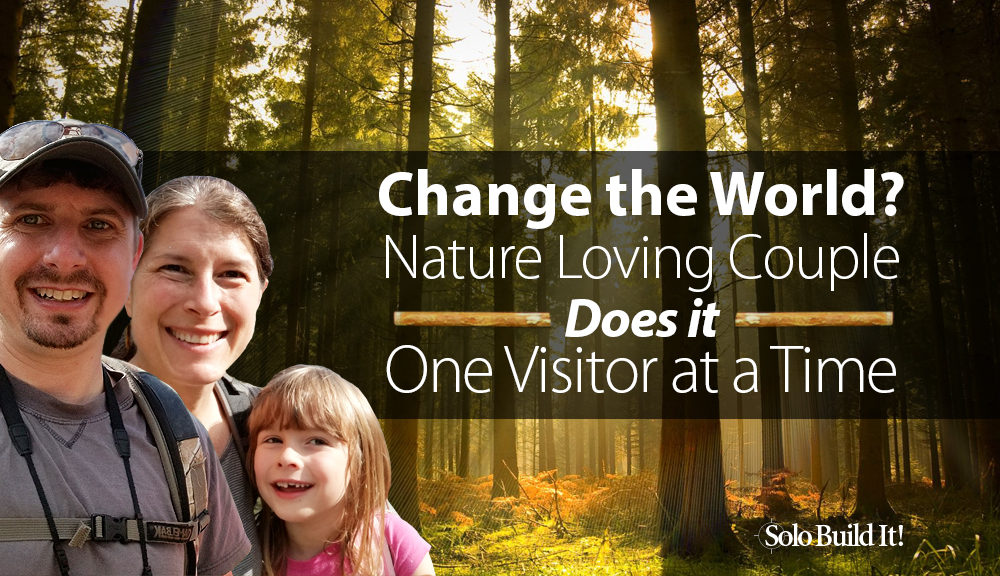
Purpose/Mission – I think it helps to really think about how you want to change the world or what is needed in your community. What problem do you want to solve? What legacy do you want to leave?”Jason Knight from wildernesscollege.com
Jason Knight’s top tip for someone who is just starting a solopreneur career comes from his own experience. When he and his wife Kerry founded the Alderleaf Wilderness college in 2006, they had a clear purpose in mind: to inspire and empower people to become lifelong stewards of the natural world.
The tremendous growth of their business shows how much you can achieve when you know your “why.” Within just a few years, their team grew to 9 core staff members and 20+ guest teachers.
Hundreds of students take their weekend classes and certification programs each year. They even had to purchase additional properties for student housing.
When we asked Jason what he enjoys most about being an online and offline business owner, the first thing he said was “reach.” A surprising answer in a fascinating interview! Find out more about how Jason and his wife make this world a better place, one website visitor at a time.
1. Jason, you co-founded the Alderleaf Wilderness College in 2006. Can you tell us about its history, mission and why you chose Solo Build It! to market the college online?
Sure! Alderleaf began in 2006 as wilderness survival and wildlife tracking courses that I taught on weekends while I was working as a wildlife biologist during the week (I had also been teaching at various wilderness schools for over ten years by that point).
In mid-2007 we launched the Alderleaf Wilderness College website (using SBI!), expanded our weekend course offerings, added guest teachers to the schedule, and announced our coming flagship course, the Alderleaf Wilderness Certification Program (AWCP).
The AWCP is a comprehensive nine-month course for adults providing the training and certifications needed to apply nature skills in careers as wilderness skills instructors, wildlife field technicians, and sustainability consultants.
My wife, Kerry, had co-founded the school with me, providing logistical support, then helping run the office and admissions, and later becoming the campus/farm manager.
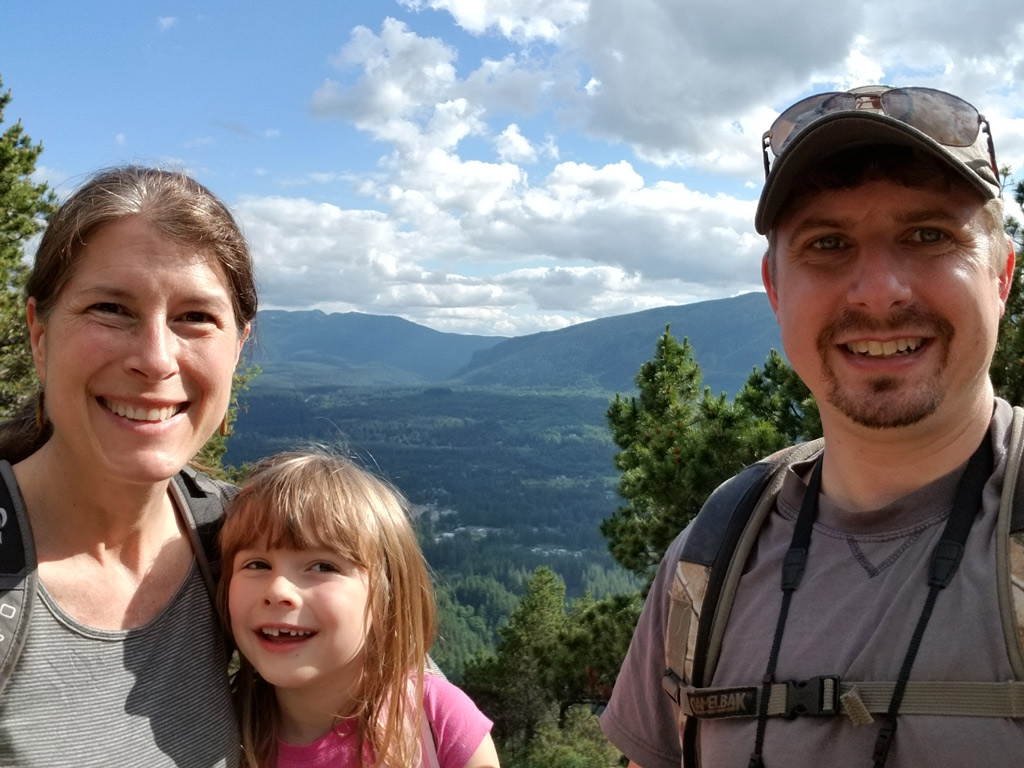
In 2007 we also refined Alderleaf’s mission, which is “To inspire and empower people to become lifelong stewards of the natural world.” We accomplish this mission by providing professional training in nature skills (wilderness survival, wildlife tracking, ethnobotany, naturalist skills, permaculture, and outdoor leadership) that participants can use in their personal and professional lives.
This ecological wisdom empowers our graduates to help educate, guide, and solve environmental challenges.
SBI! had been recommended to us by a friend. We decided it was a great option due to all the training in online marketing/outreach and because the Block Builder function would allow me to build the website without having to know coding.
I also felt the content strategy of SBI! would be a good match for our mission. Some of those who discover our content articles would choose to register for courses and everyone else would still be learning great wilderness skills that would enhance their connection to nature and grow their stewardship ethics.
In 2008 I left my wildlife biologist job (Kerry left her green home cleaning business) and we purchased our main campus property, added staff members, and began our first class of AWCP.
We are proud that Jason chose SBI! to promote the Alderleaf Wilderness College online. A well-structured, content rich niche website is the ideal vehicle to reach a targeted audience. Many service or product sellers start at the wrong end of the Content Traffic PRESell Monetization process.
Before you can monetize, i.e. sell your products or services, you need to a) attract potential customers (aka get traffic) and b) win their trust (aka PREsell). How do you do this? It all starts with creating highest quality content that addresses the needs or desires of your target audience.
Since 2008 the school has grown tremendously. We now see hundreds of students each year in our weekend courses. We’ve implemented numerous permaculture (sustainable living) projects on the main campus.
We teach about 50 students (split into two cohorts) in AWCP each year, and we’ve added an advanced program for graduates of AWCP. We acquired two additional properties for student housing (many students come from out-of-state to study at Alderleaf).
We’ve worked with the Discovery Channel on a couple of their survival shows, trained cast members for the movie Captain Fantastic, and provided customized survival training to many groups such as the WA State Department of Ecology and Seattle Mountaineers.
We now have nine core staff members and work with another 20+ guest teachers. We’re most proud of our alumni — AWCP graduates work at wilderness schools, permaculture farms, wildlife conservation organizations, and national parks all over the country!
Being “solo” limits the amount of time for growing the business, which in turn limits size and income. The “true” solopreneur happily accepts that tradeoff — staying small means “keep it simple.”
Jason and his wife Kerry had a different vision. They knew that the type of business they had in mind required staff and logistics. On the spectrum from solo- to entrepreneurship, they are very much on the entrepreneurship end.
Learn more about the differences between freelancers, solopreneurs and entrepreneurs in our freelancing vs entrepreneurship article.
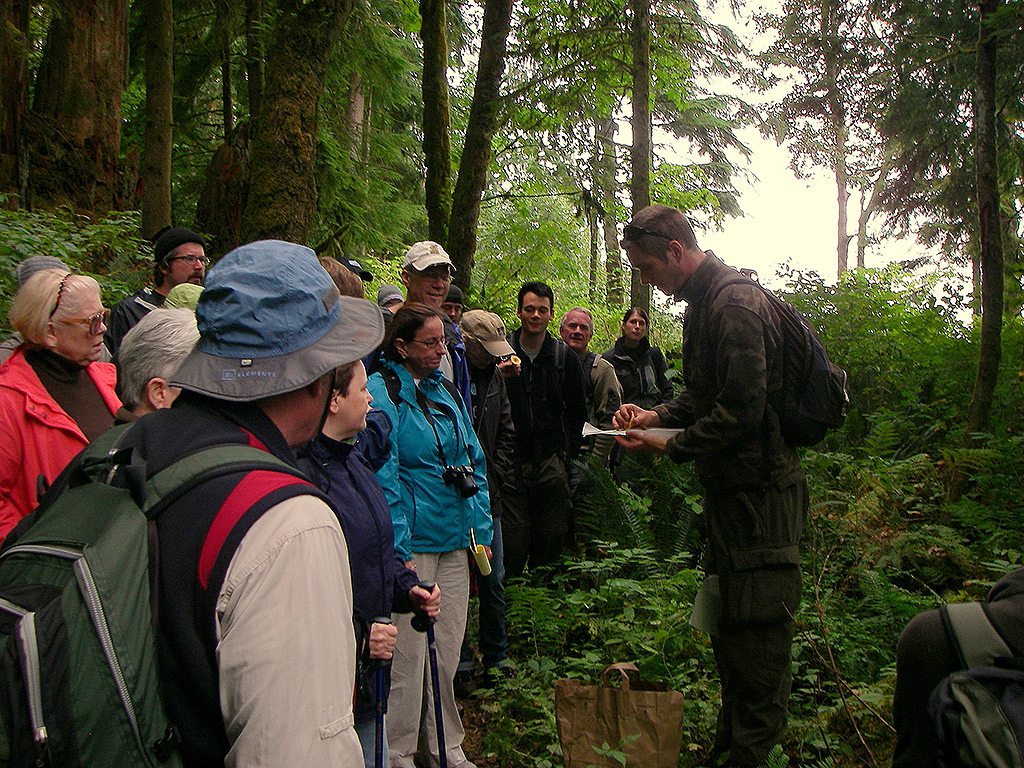
2. How did you decide about your niche? How did you know it was the right topic for you and had great business potential?
There were two main threads that influenced the decision about our niche and showed us it had great potential.
The first is my own experience getting started in the field of wilderness skills education. Many years ago, in the 1990s, when I had finished high school, I knew I wanted to immerse myself in the study of nature skills. However there was no organized long-term program available.
I had to piece together various weekend classes, home study courses, and travel around the country to learn from various wilderness skills experts. I worked with a flexible college that allowed me to design my own degree around these studies. It was great, but very inefficient and a ton of work.
After I finished my degree and was teaching alongside some of my mentors, I kept running into folks like me who wanted to immerse themselves in the same way I had, but they knew they couldn’t organize it for themselves. I also knew of many wilderness schools that were often having a hard time finding qualified instructors to hire.
It was at that time that I realized that I was in a unique position to put together a comprehensive wilderness skills program for those looking to start careers in this field. I had a strong feeling that it had great potential, which was later confirmed.
Others have expanded on the term. Dan Olson, author of “The Lean Product Playbook” probably explains it best: “This means that your product meets real customer needs and does so in a way that is better than the alternatives.”
Based on his personal experiences, Jason identified the need for a well organized wilderness skills education program. And it wasn’t just his own experience. He kept meeting people who expressed the same need.
He knew there was a market, and that he had the unique skills to deliver a product that was better than the alternatives.
Do you believe you have a unique solution to a problem? Don’t jump right into starting a business. Verify your assumptions first. How? Talk to your potential customers, either offline (as Jason did) or online, e.g. in niche specific forums, Facebook or LinkedIn groups.
Asking about and listening to your (future) audience’s wishes and needs is what we call “The Solopreneur’s #1 Lifeline to Success.“
The other thread is that Kerry and I wanted to bring together the fields of wilderness skills and permaculture at Alderleaf, as we believe they are two essential sides to a holistic connection with nature.
If you teach outdoor skills and love the wilderness, it makes sense to live a lifestyle that works with nature and reduces your ecological footprint (the aims of permaculture).
And conversely, if you want to do permaculture (sustainable living skills) well, it makes sense to become a good naturalist (because knowledge of nature is the foundation of good ecological designs). Combining these fields made Alderleaf quite unique and gives our graduates a valuable set of skills to offer employers.
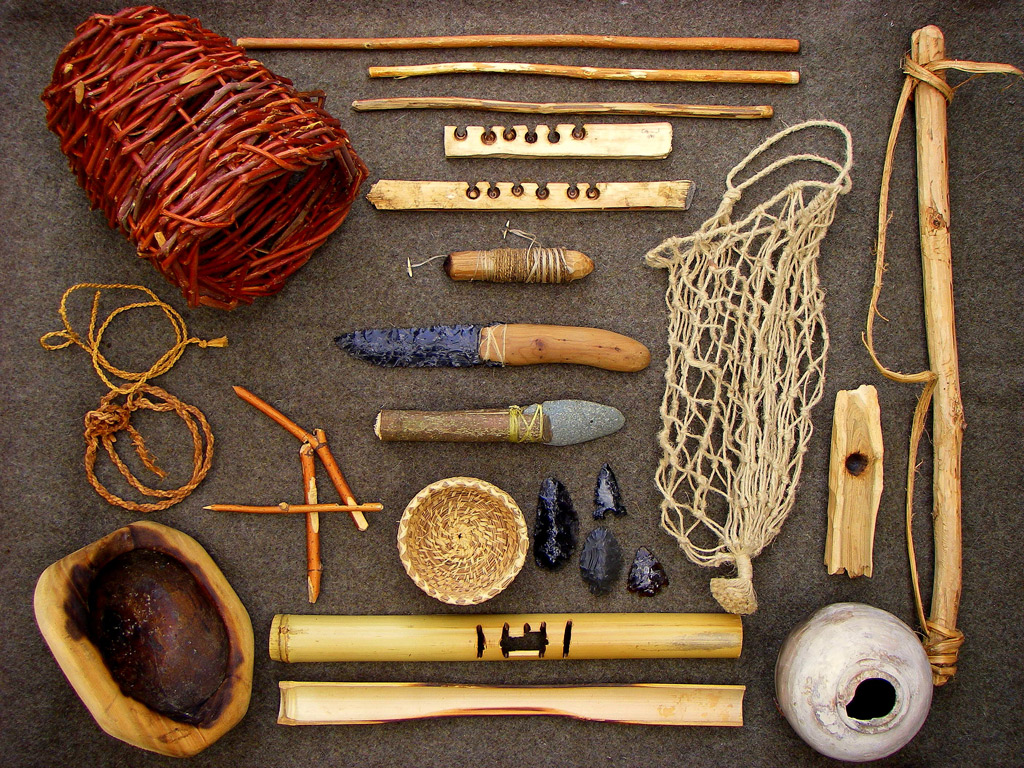
3. Tell us about your philosophy regarding content. How do you know what your prospective customers are looking for? Where does this information come from?
We often look for the overlaps in several sets of information. We use SBI!’s Brainstormer / Master Keyword List tools to see what topics within our niche people are searching for in high volumes, where there aren’t too many web pages about that topic yet.
We then look at the various skills and information we teach and see where there is an overlap between those two lists.
We also survey our class participants, and occasionally our eNews subscribers and website visitors, to find out what they are interested in. Where there’s an overlap with all three lists, we feel is an excellent topic to develop a how-to article, video, or other content.
Sometimes we can also “feed two birds with one seed,” so to speak – where an instructor may need to do additional research for an upcoming course, and by researching and writing a new web article on that topic, they can also use the same information to make a great new handout for the class. That helps us be more efficient with our limited time.
It starts with keyword research. SBI!’s Brainstorm It! tool reveals a plethora of keywords (aka topics) that people search for in relation to a certain theme. It also shows how many pages already exist about that topic, or – in other words – how strong the competition is.
When you combine that keyword data with your niche knowledge and first-hand feedback from your target audience, you cannot go wrong. Visitors will love your content, because it’s exactly what they were looking for, which in turn pleases the search engines.
4. You offer wilderness courses, presentations, and programs of varying lengths. How have your offers evolved over time? Did you know from the start that you’d monetize with classes and certification programs?
Every year we analyze enrollment in our various courses to help plan for the following year. Where we had full classes with waiting lists, we add more dates for those courses. Where we had low enrollment, we reduce the amount of times we offer that course or cut it from the next year’s schedule.
We also review our program evaluations and surveys to determine what new classes might be desired. We probably test about two new classes each year.
We did know from the start that the Alderleaf Wilderness Certification Program would be our primary course.
Jason knew from the start that he would monetize mainly via offline courses. What if you are unsure how to monetize? The SBI! Action Guide provides you with a handy “monetization planner worksheet” to work your way through seven monetization possibilities. For each one, you’ll assess how feasible it is for your topic, interest and time availability.
Then you pick your primary monetization model, which you implement as soon as you have a certain number of pages and a steady stream of visitors. Many solopreneurs select passive models like Google AdSense or affiliate marketing as their first monetization model.
They are easy to implement and require little maintenance. On the downside, the profit margin is small, and you need high traffic numbers to make a substantial income.
When your primary monetization model is well underway, watch for opportunities to add secondary income streams and/or optimize your primary monetization model. Jason does an excellent job with this, constantly refining his course program based on student numbers and feedback. It also led him to expand from offline to online courses, as he explains below.
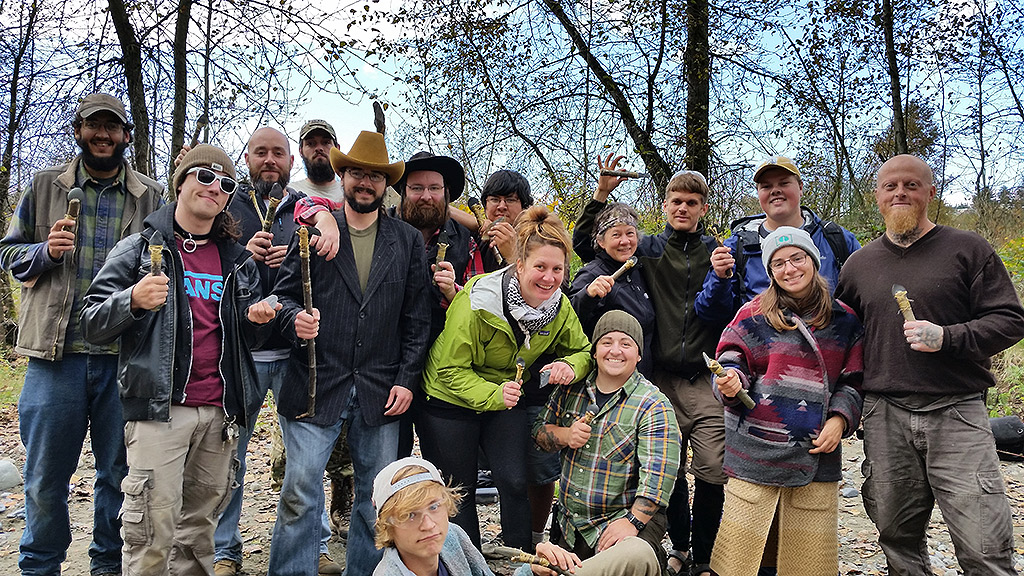
5. Your “Essential Wilderness Survival Skills” course is also available as an online course. How does this course do compared to your “real life” classes? What benefits did you see in the course platform (Kajabi Next) which made you choose it above others?
An online survival course has been our most requested class for many years. So many folks visit our website from all over the world and only a portion of those visitors are local or able to travel out to Alderleaf for an in-person class.
We spent many years building the online class which is based on our popular in-person weekend survival course. Within just a few short weeks after launching the online course in November 2017, we had over 120 people enrolled.
We chose the “Kajabi Next” online course platform based on a recommendation from a friend, again for its ease of use (no coding skills needed) and user friendliness for students.
We’ve received a lot of positive feedback from students taking the course. We’ve also been happy with the platform from our end and may upgrade to the New Kajabi next time around.
(On a side note, Kajabi is one of the third-party products and services that we feature in SBI!’s Resources Headquarters. From productivity tools to shopping platforms to membership software to free image sources, you’ll find best-of-breed vendors in the Resources Headquarters.)
6. You manage quite a big team, with 8 core staff members and over a dozen guest instructors. Can you share some advice with our readers about how to run such a team efficiently?
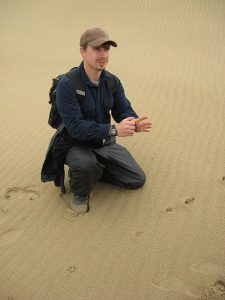
Bringing on highly competent folks who can be mostly self sufficient is very key — learn how to hire well (good job descriptions, thorough interviewing, background checks, reference checks, etc…).
I took a short series of night classes on small business with our local community college and one of the major sections was human resources (HR). It was incredibly helpful.
Have good systems in place. We have an employee handbook and an instructor manual. We keep lesson plans, lecture notes, master schedules, etc.
I’d suggest to try to give folks a lot of flexibility. Think about what things you did and didn’t like about working for different employers and try to emulate the good and avoid the bad. Don’t forget to do fun things together as a staff!
Solopreneurs become entrepreneurs when they ‘snap’ into a ‘grow a big business’ mindset, when they learn to hire well and build teams that work… when they learn to lead.
Don’t feel intimidated by the ideas of leadership and big business goals. Few solopreneurs start with goals of this size. And many stay solopreneurs, accepting the lower profit potential for the benefit of having more free time. It’s up to you to decide how far you want to grow.
7. You told us that you recently had your “biggest launch ever.” We’d love to hear more about this!
We just wrapped up our first really intentional launch of a new course – for our online survival course “Essential Wilderness Survival Skills”. We followed Jeff Walker’s “Product Launch Formula” (PLF) – a very specific way to get the word out about a new opportunity.
It included us putting out some awesome free video lessons on a few of our favorite survival tips leading up to the launch and sending a series of emails about the course.
It was a lot of work, but we also had a lot of fun getting it out into the world this way. And it seems like the folks who follow us really enjoyed it too.
I think the PLF approach lines up very well with SBI!’s tools, as you really need a good website and an engaged list of newsletter subscribers as a foundation before you can do an effective PLF launch. SBI! helped us do exactly that: we built an excellent website and a highly targeted, large list of subscribers.
However, even the best launch plan won’t be very successful if you don’t have a “warm audience,” i.e. website visitors, social media followers and newsletter subscribers who already know and trust you.
Yes, you could try selling your new product or service to a “cold audience” via pay-per-click campaigns (AdWords, BING) or Facebook ads — if you have the budget. And even then, running profitable AdWords or Facebook ads requires a lot of learning, often with costly trial and error phases.
Jason did his launch the right way. By following SBI!’s C T P M process, he built up a large and loyal audience first. Based on feedback from this very audience, he developed a new product (an online course). Then he used a tried and tested process (Jeff Walker’s product launch formula) to get his new course off to an excellent start.
8. What do you enjoy most about being an online business owner? How has it changed you, your life, your family?
I think it’s “reach.” As someone who is passionate about the field of nature education it often feels like there’s so much work that needs to get done to change the world — and so little time.
I love that our mission of spreading nature education & stewardship is able to reach so many people through our website’s reach on the internet. It’s so rewarding to hear about the amazing things that our graduates are doing all over the world (and being online really helps facilitate those continued connections).
It shows that for Jason and Kerry their business isn’t just a way to make money. It’s their contribution to making this world a better place, one website visitor at a time. They have their “why” pinned down, their true reason behind starting the Alderleaf Wilderness College.
When you start your (online) business, make sure to know your “why.” The financial rewards from a business are great, but if money is your only motivation, you are far more likely to give up when the going gets tough. And it will get tough. There will be obstacles and challenges you had never expected, for example a bear running through your property… Really, a bear? Yep. More on that from Jason…
It’s also awesome to work with such seriously passionate instructors and students who care deeply about the skills taught at the school. I feel like we all show up with a lot of creativity, passion, and drive to do the best we can for our students and the wider world.
Alderleaf is the best and hardest thing I’ve ever done. It’s great to live on the edge of the Cascade Mountains wilderness and to not have much of a commute (I live on one end of the campus and walk across to work each day).
I get to spend more time on important work projects, more time with my family, and more time in the woods than if I had to spend hours commuting and sitting in traffic every day.
However, the other end of that coin is that you never really leave work either (we get knocks on our door at all times of day/night and weekends) and there’s also been plenty of stints with no days off for many weeks in a row and/or long work-days/nights, etc… for various projects or situations requiring our attention.
Oftentimes things come up that you would never expect — a student having an emergency, a bear running through the property, a water pipe bursting, etc. We like to say there’s never a dull moment around here. There are always at least ten things that need to be fixed and the buck stops at you when you’re the owner.
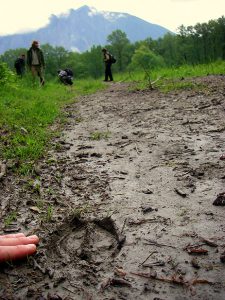
Kerry manages the campus farm where she gets to immerse in her passions of growing food and raising animals. I still get to to teach many of my favorite wilderness skills classes (like elk trailing, flint knapping arrowheads, and getting out on unique consulting projects).
We really are thankful for this great adventure we get to share!
9. And finally… What’s your top tip for someone who is just starting a solopreneur career?
Purpose/Mission – I think it helps to really think about how you want to change the world or what is needed in your community. What problem do you want to solve? What legacy do you want to leave?
Once you know what your purpose/mission/vision is, it will wake you up in the morning, propel you forward, it will drive you to work hard, seek out whatever you need to learn to make it happen, and ultimately provide fulfillment in your career.
KEY TAKEAWAYS
- Know your “why.” What’s your real reason for starting an online business? Money alone isn’t a sustainable motivator.
- Base your niche and content decisions on a smart mix of resources: keyword research, audience feedback and your personal experiences.
- Eager to develop a new product or service? Listen to your visitors and customers. Is the product you have in mind really what they want or need?
- Remember that content comes first. Even if you already have a product or service to sell, you need to attract the right audience and get them to trust you. A content rich niche website is the best way to achieve this.
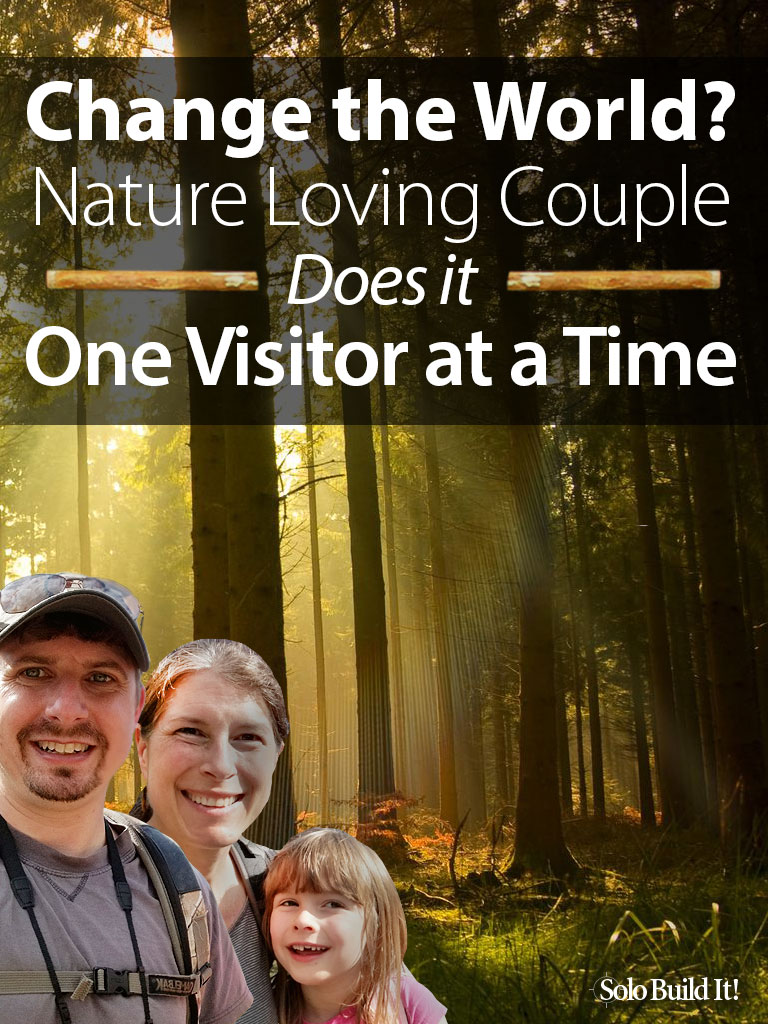
Latest posts by Margit Streifeneder (see all)
- From Traffic Peaks to Auto-Pilot: A Psychologist’s Website Success Story - March 27, 2025
- From Swim Teacher to Solopreneur: Building Passive Income Online - February 27, 2025
- From Concierge to Global Tours: 10 Lessons for Travel Business Growth - December 19, 2024

